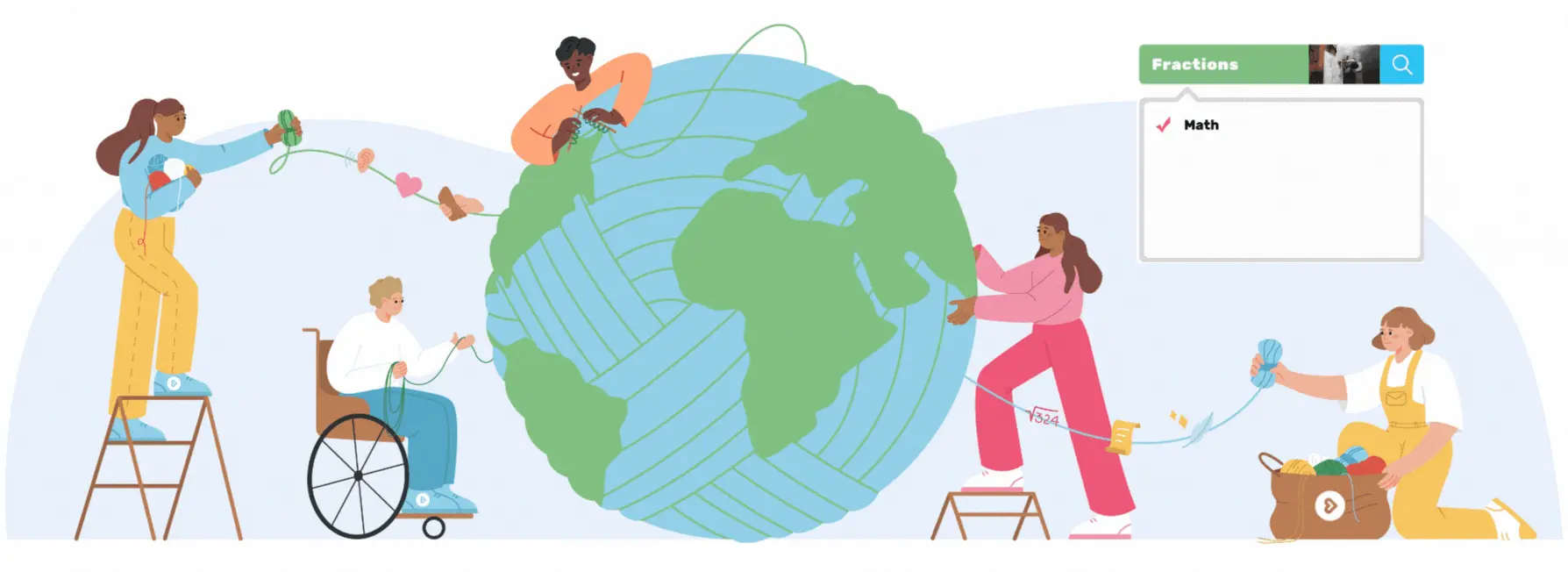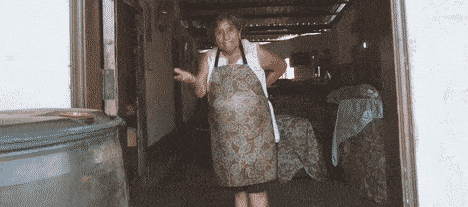Inspiring Stories For Early Years Education: A Lesson Plan For You(th)
Humanizing stories for early years education. Explore our world with your early childhood learners using this learning guide for building empathy in an organic, non-prescriptive way. Ages 2 & Up. All through wordless videos and humanizing stories. Stories for early years — for parents and early childhood educators.
Inspiring stories for early years learning to build our empathy and curiosity muscles early in life, every day, and everywhere. Let’s practice curiosity before judgment. Lifelong wonder leads to lifelong learning.
Stories For Early Years Empathy: A Lesson Plan To Practice Curiosity Before Judgment
Notes:
This BetterWorldEd.org lesson plan is designed for parents and early childhood educators eager to explore with kids ages 2-5 through wordless videos and written stories.
Remember: this is for all of us (our team uses this curriculum all the time, too). We hope you will think of this as a learning experience alongside the kids you work with!
Explore the Humanity Unit and Teaching Unit to prepare to discuss important concepts like empathy, judgment, bias, and more.
For learning that lasts a lifetime, repeat this experience often (bedtime stories?) with time to reflect and/or repeat often with new Learning Journeys. Building empathy is a lifelong practice. Let’s love the lifelong learning journey together.
1) ASK A QUESTION TO BUILD CURIOSITY BEFORE JUDGMENT
“Do we know everything about other people? How do we learn about what other people think? How do we learn about what other people feel?”
Share a story or experience from your own life where you learned something about someone that you didn’t know before. This might be an experience with someone you and your lifelong learner(s) both know already. Show what curiosity before judgment has looked like in your own life, through a story you feel will be relevant to those you are engaging with now.
Ask your lifelong learner(s) whether there are any similar times the learner(s) can remember from personal experiences. “Is there a time you can remember learning something new about someone else? About me? About another person we know?” Discuss this for a little while, and prepare to transition into watching a video about a new person we’ve never met!
2) RECOGNIZE WONDER & ASSUMPTIONS
Introduce ANY Learning Journey Video. Make sure to watch this video beforehand to ensure you feel it is relevant and works well for your specific context.
BEFORE WATCHING, ask a question or few that feel relevant to your learner(s) and your situation. Examples: “What thoughts and feelings come to mind and heart when we think of a(n) ____ in ____? What do we WONDER? Do we know where ____ is in the world?” (For the first question, insert the role in society this person plays, and the country this person is in. For example, “Chai Wala” (Chai Seller) in India or Banana Grower in Ecuador.) You may find it helpful to share a few thoughts and responses to these questions yourself, to model what it looks like to have these curiosities and wonders about other people.
Create four columns or quadrants on a piece of paper, or anywhere you’d like. Write the words you and your learner(s) share on the left section. Write the WONDERINGS as questions next to the words that come to everyone’s minds. NOW WATCH THE WORDLESS VIDEO.
Write notes based on what has been viewed: what we NOTICE, WONDER, ASSUME/GUESS, and BELIEVE about our new friend from the wordless video.
Pose questions like: “What do we see and notice about _____? What do we think so far about ___’s community? What do you think ___’s life is like, given what you’ve seen in the video so far? What other feelings are coming up as you watch and wonder?” Fill these responses in on the middle of your paper / writing space, and don’t hesitate to share a few responses yourself to be part of the learning experience together. After all, curiosity before judgment is for all of us adults, too!
3) GROWING PAST OUR ASSUMPTIONS
Read The Story Together
Now begin to read one of ____’s written stories that helps to dive even deeper into the person’s life. Discuss what you are noticing that you didn’t know about _____ before, as a way to model that you are learning new things you didn’t know. Show that your assumptions you had beforehand are shifting, now that you are learning more about ____. Show curiosity before judgment!
Ask your learner(s) if anything like this is happening in the learner(s) mind too. “Is there anything you are learning about this person you didn’t know before? What are you feeling? What are you thinking about?”
(Remember: our new friend’s wordless video will have 2-4 different written stories that are searchable on the betterworlded.org/stories page. You can choose one (or all) that seems to fit best for your conversations!)
4) POSE AN EMPATHY CHALLENGE (CURIOSITY BEFORE JUDGMENT)
“Do you think we ever guess things about other people before learning more?” Share your own perspective, and ways you have done that in life — even in our story today.
Share an example of how you will strive to be more curious, full of wonder, and empathetic in your own life with your learner(s).
Example: “I will strive to talk to ____ on the way home and wonder and learn about ___’s life. In the past, I haven’t ever asked or acted on my wonder!”). Share how your learner(s) can hold you accountable for doing so.
Share with your learner(s) that having questions is great. It’s wonderful to wonder. Wonderful to have questions. Wonderful to be curious. Remind and reinforce in your young learner(s) that curiosity and understanding don’t happen by assuming or judging, but by always asking these questions and wondering.
You and your learner(s) may feel — our team sure does — that your young learner(s) already are very curious. That’s amazing. The goal of this learning journey we are on today is to remind ourselves and our learners that this way of being — prioritizing curiosity over judgment — is so essential to our ability to love lifelong learning, and to be caring people throughout our lives.
Whether today, tomorrow, or another day, the next step is simple! Engage in a new Learning Journey!
LOVING THE LIFELONG LEARNING JOURNEY BEYOND THIS LESSON:
As you engage with your learner(s) in every aspect of life, try to think about times where you jump to judgment before showing curiosity. As you see that you did or didn’t practice curiosity before judgment, you can share these learnings with your young learner(s) to help model and show that we’re not always “perfect”, and that we’re always learning. Way beyond early childhood learning experiences. Even as adults!
This will help your young learner(s) see that this is a lifelong practice, and not just something we are or aren’t — that we have or don’t have. Ask your young learner(s) to share moments where curiosity comes up, or where an assumption comes up. Make it a conversation in the day to day of your lives, and it will become a practice over time that lasts for a lifetime! Loving learning for life is the goal, right? 🙂
Wordless Stories For Early Years To Bring Real Life Into Early Childhood Learning
Teaching empathy isn’t a one time thing, and it doesn’t end after our early years. Every time we teach empathy, we have to practice it in our own lives as well. Wordless stories for early years learning can have a deep and lasting impact.

Learning Journeys are academic and research-backed. Wordless stories and videos that encourage curiosity and empathy for self, others, and Earth. Humanizing written short stories that make math and literacy real-world and relevant. Lesson plans that make learning inter-disciplinary and full of wonder. Stories for early years learning with awe-inspiring depth.
Read more here about why our videos don’t have words: no prescribed narrative, no language barrier! Stories for early years that help early childhood learners prioritize curiosity and understanding over judgment and bias from an early age. Browse below!


